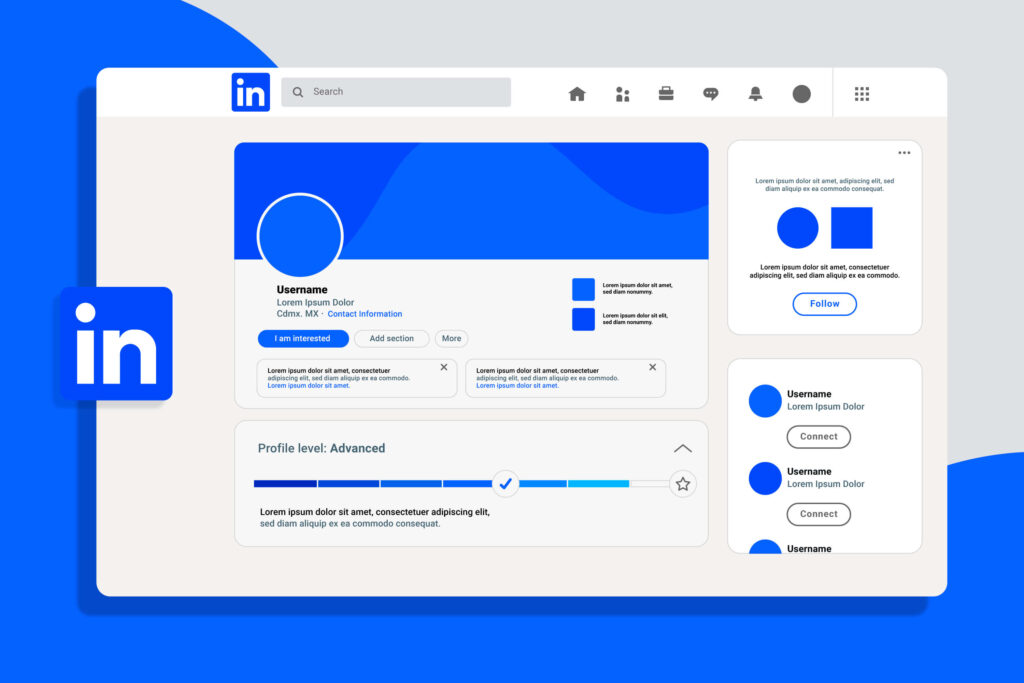In modern talent acquisition, your ability to craft accurate search queries determines how efficiently you can identify top candidates. Every search engine, whether it’s LinkedIn, Google, or a niche job board, runs on Boolean logic.
Boolean logic allows recruiters and sourcers to combine keywords strategically to get precise results, saving valuable time and reducing irrelevant candidate profiles.
What Is Boolean Logic?
Boolean logic is based on Boolean algebra, a branch of algebra that deals with logical operations and binary variables (true or false).
The three core Boolean operators are:
- AND (Conjunction) – Narrows your search results by requiring all conditions to be met.
- OR (Disjunction) – Broadens your search by allowing any of the conditions to be true.
- NOT (Negation) – Excludes specific terms from your results.
Example:
Java AND Python→ Candidates who know both Java and Python.Java OR Python→ Candidates who know either Java or Python.Java NOT Python→ Candidates who know Java but not Python.
Why Recruiters Should Master Boolean Logic
Boolean search strings give recruiters a competitive advantage by enabling them to:
- Target the most relevant profiles quickly.
- Include or exclude skills, titles, and experience strategically.
- Simplify complex searches into structured logic.
- Minimize wasted time scrolling through irrelevant results.
This is why many top talent sourcers consider Boolean search skills a core competency in modern recruitment.
Common Boolean Operators at a Glance
| Operator | Symbol | Description | Example | What It Does |
|---|---|---|---|---|
| AND | ∧ | Narrows search | Java AND Python |
Finds results that contain both terms |
| OR | ∨ | Broadens search | Java OR Python |
Finds results that contain either term |
| NOT | ¬ or – | Excludes terms | Java NOT Python or Java -Python |
Excludes unwanted terms from your search |
Key Boolean Algebra Laws for Recruiters
1. Associativity Law
The associative property means the grouping of terms doesn’t affect the result when using the same operator.
Expression:
a ∨ (b ∨ c) = (a ∨ b) ∨ c
a ∧ (b ∧ c) = (a ∧ b) ∧ c
Example:
Java OR Golang OR C++
= (Java OR Golang) OR C++
= Java OR (Golang OR C++)
And for AND:
Java AND Golang AND C++
= (Java AND Golang) AND C++
= Java AND (Golang AND C++)
Note: Mixing AND and OR changes the meaning.
Java AND (Golang OR C++) ≠ (Java AND Golang) OR C++
2. Commutative Law
This law allows you to rearrange the order of terms without changing the outcome.
Expression:
a ∨ b = b ∨ a
a ∧ b = b ∧ a
Example:
Java OR Python = Python OR Java
Java AND Python AND Bigdata = Python AND Bigdata AND Java
This gives you flexibility in how you structure your queries.
3. Distributive Law
The distributive property is the most used in real-world recruiting. It lets you expand or simplify queries with both AND and OR operators.
Expression:
a ∨ (b ∧ c) = (a ∨ b) ∧ (a ∨ c)
a ∧ (b ∨ c) = (a ∧ b) ∨ (a ∧ c)
Example:
Java AND (C++ OR Golang)
= (Java AND C++) OR (Java AND Golang)
Java OR (C++ AND Golang)
= (Java OR C++) AND (Java OR Golang)
Use this law when combining multiple skills or job titles in your search strings.
4. De Morgan’s Laws
This law is especially useful when excluding multiple terms. It involves interchanging AND with OR when applying negation.
Expression:
¬ (A ∨ B) = (¬ A) ∧ (¬ B)
¬ (A ∧ B) = (¬ A) ∨ (¬ B)
Example:
NOT(Java AND C++) = NOT(Java) OR NOT(C++)
NOT(Java OR C++) = NOT(Java) AND NOT(C++)
Tip: This law helps prevent logical mistakes when building complex exclusion filters.
Additional Boolean Laws (For Advanced Users)
- Identity Law – A OR 0 = A, A AND 1 = A
- Complement Law – A OR NOT A = 1, A AND NOT A = 0
- Idempotent Law – A OR A = A, A AND A = A
- Double Negation Law – NOT(NOT A) = A
- Absorption Law – A OR (A AND B) = A
While these are less commonly used in day-to-day recruiting, knowing them can help when building highly targeted or layered queries.
Best Practices for Writing Boolean Search Strings
- Group OR conditions with parentheses to control how the query executes.
- Example:
Java AND (Python OR Golang)
- Example:
- Use AND to narrow, OR to expand, and NOT to exclude.
- Keep your strings as simple as possible to avoid confusion.
- Test your queries on different platforms — search behavior may vary.
- Document and reuse your most effective Boolean strings for recurring roles.
- Stay consistent with operator formatting — use uppercase (AND, OR, NOT).
Final Thoughts
Boolean logic isn’t just for techies — it’s a powerful sourcing tool for recruiters and talent acquisition professionals. By understanding Boolean operators and applying Boolean algebra laws, you can:
- Build smarter, more precise search queries.
- Reduce irrelevant candidate results.
- Spend less time searching and more time connecting.
As recruiting grows more competitive, Boolean mastery gives you an edge. Start practicing today, and soon writing effective Boolean strings will feel effortless.
Pro Tip: Maintain a “Boolean String Library” for frequently hired roles (e.g., software engineers, data analysts, designers). Reusing and tweaking proven queries saves time and ensures consistent results.






